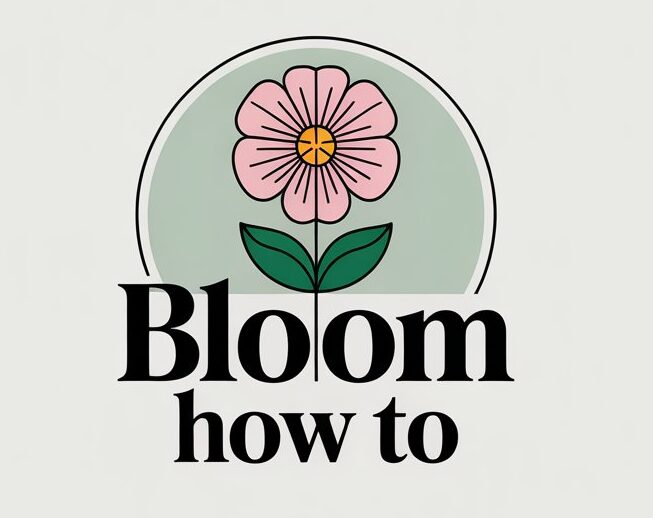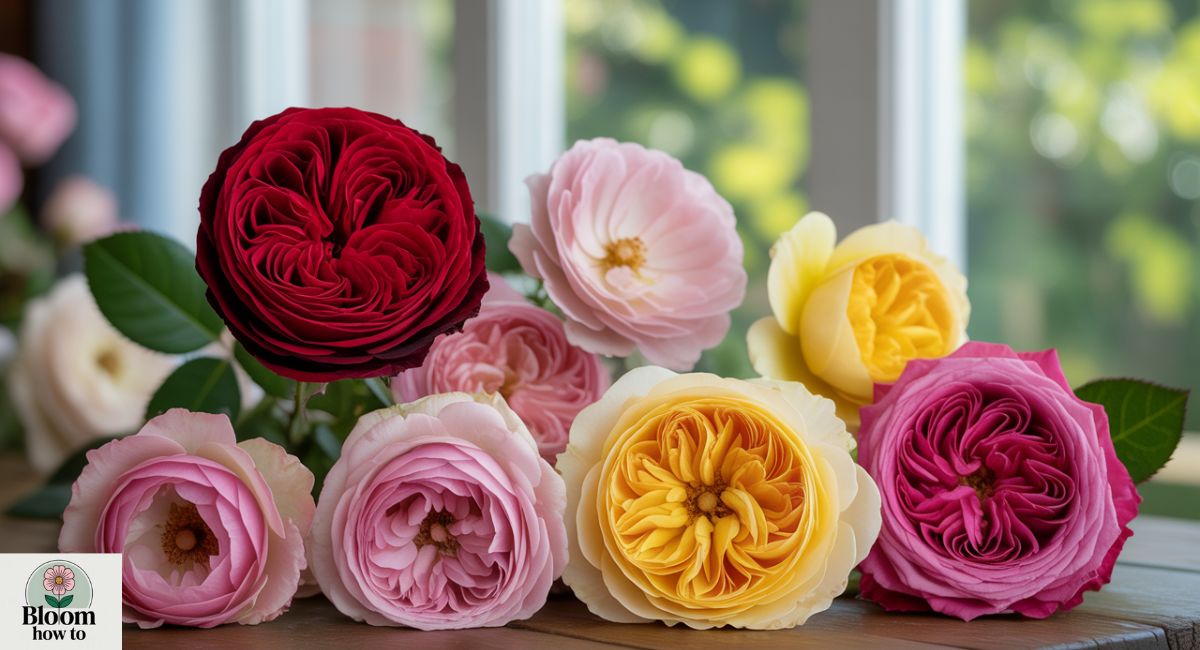Roses have long captured human hearts with their unmatched charm and diversity. Across continents and cultures, countless types of roses bloom in stunning shades and shapes, each carrying a unique fragrance and story. From classic hybrid tea roses to the romantic English roses, and hardy shrub roses, these blooms symbolize love, beauty, and endurance.
Gardeners worldwide cherish their ability to transform any landscape into a living masterpiece. Whether grown in small pots or sprawling gardens, the many varieties of roses bring color and character to every setting, making them one of nature’s most beloved and enduring creations.
Major Types of Roses
The beauty of roses lies in their variety. From compact shrubs to elegant climbers, every species holds its own personality. Gardeners adore experimenting with different types of roses to find the ones that match their soil, climate, and design dreams. Let’s explore the world’s most loved varieties.
Hybrid Tea Roses
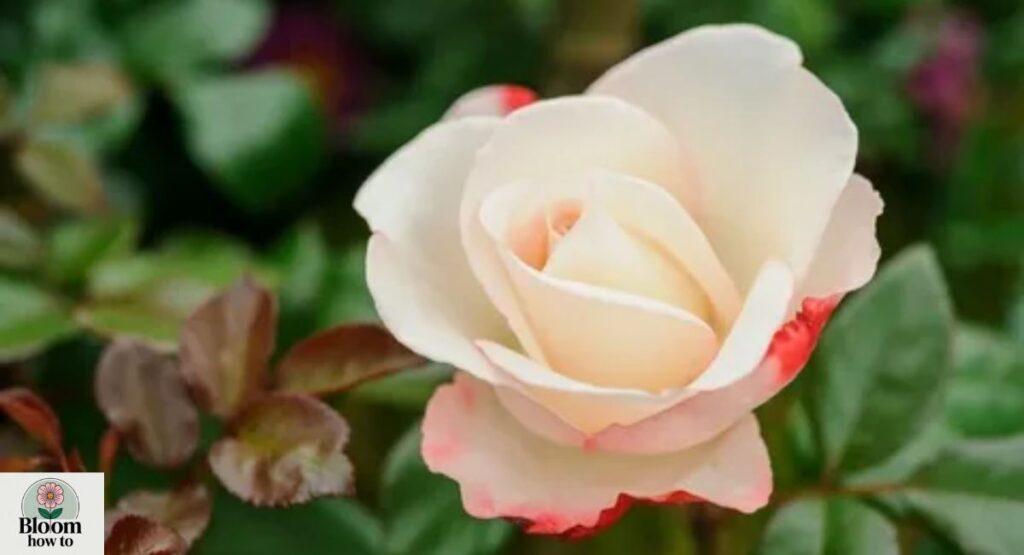
Known as the “queens” among the types of roses, hybrid teas display large, high-centered blooms on single stems. Their striking form makes them ideal for bouquets. Famous cultivars like Peace and Mr. Lincoln have set the gold standard for romance and elegance in floral arrangements.
Floribunda Roses
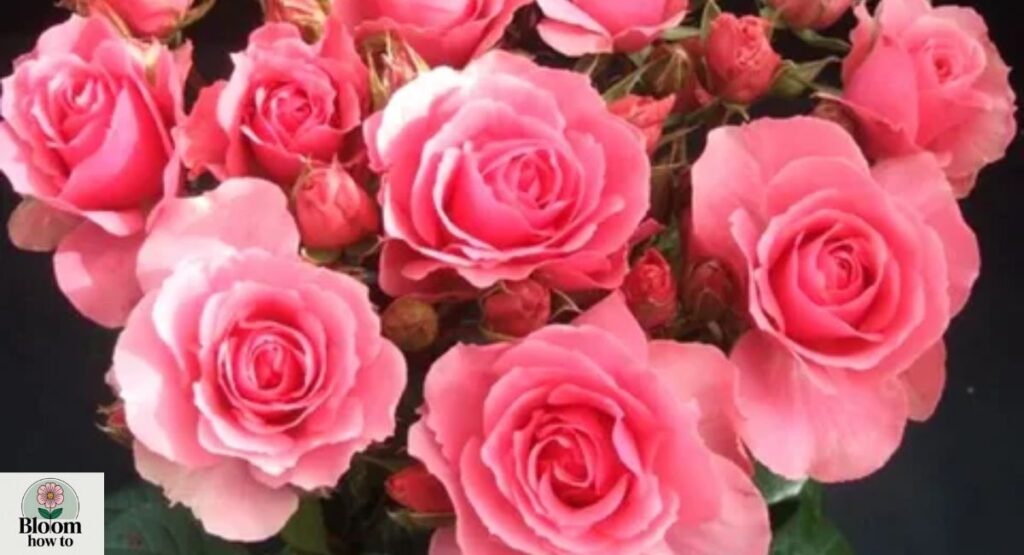
Floribundas are the joyful cousins of hybrid teas. Their clustered blooms come in waves, filling gardens with continuous color. These hardy varieties are perfect for landscape borders and offer a rainbow of hues pink, coral, orange, and even lavender all season long.
Grandiflora Roses
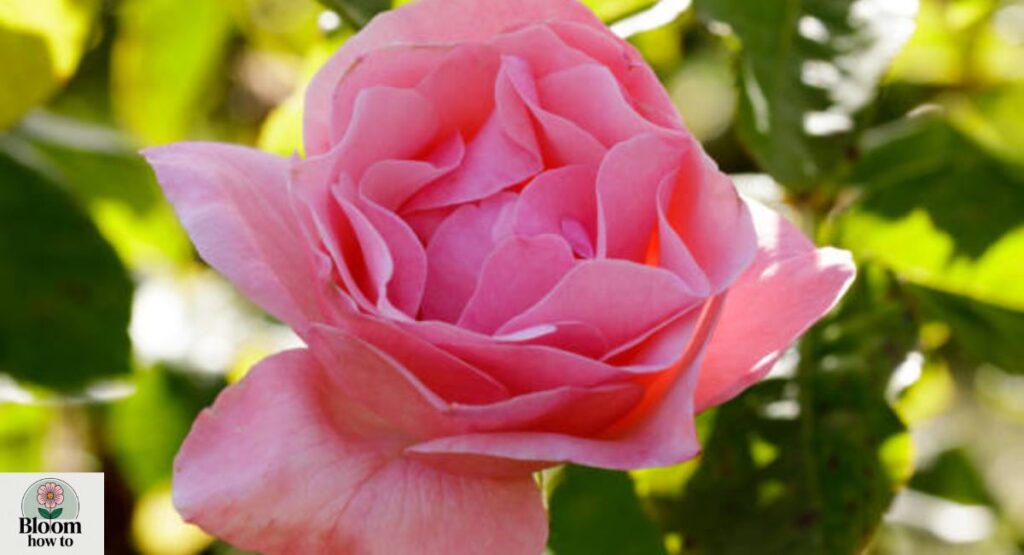
A beautiful blend of hybrid tea and floribunda traits, grandiflora roses are famous for their tall stems and abundant clusters. They bloom repeatedly and grow vigorously, creating eye-catching displays in both private gardens and public parks.
Climbing Roses
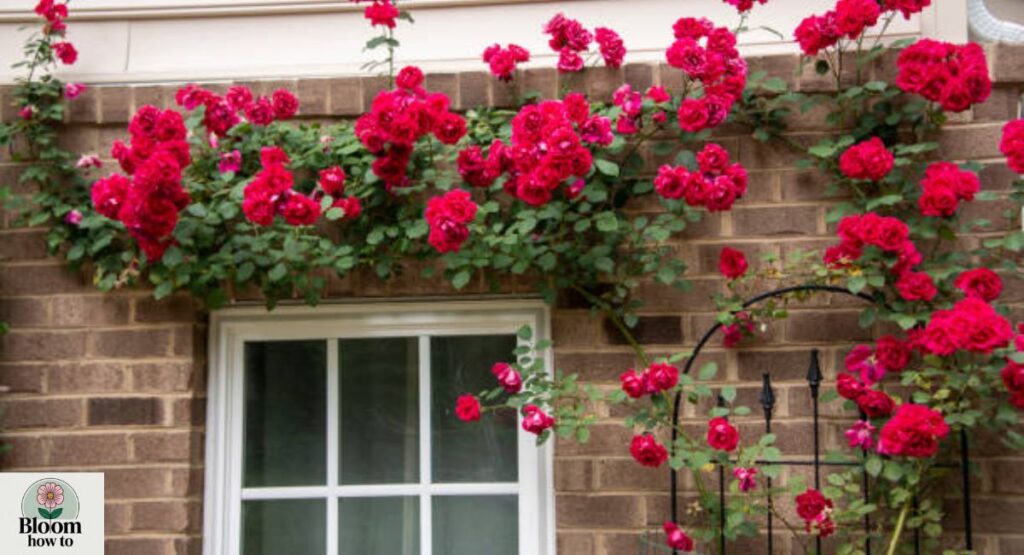
Climbing roses don’t actually “climb” like vines but grow long, flexible canes that can be trained over trellises, fences, or arches. Their lush blooms create a romantic, fairy-tale look, especially when combined with soft pastels or creamy whites.
Rambling Roses
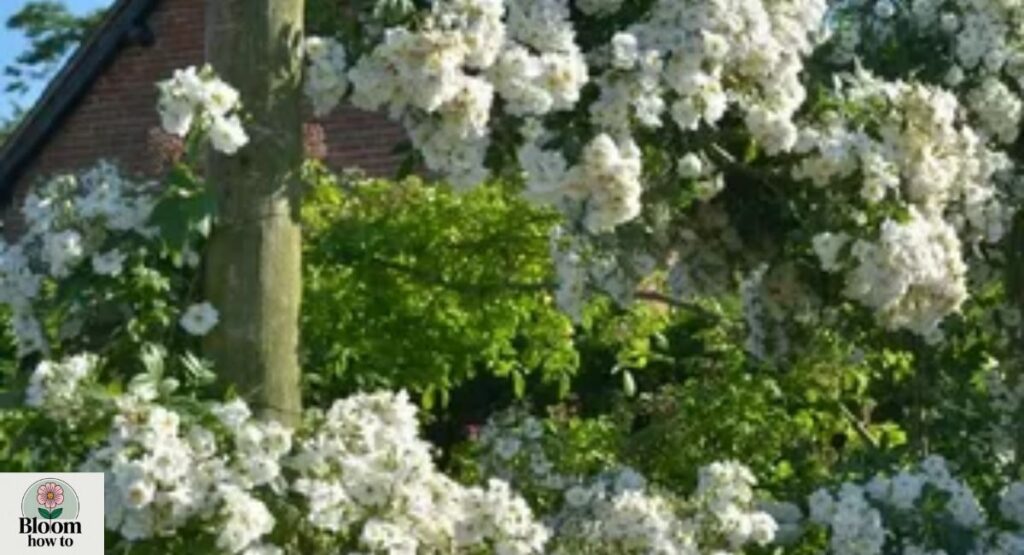
Rambling roses are wild-hearted and energetic. They produce hundreds of small flowers in a single blooming season. These vigorous growers often adorn old walls or large arbors, giving rustic gardens a magical, overgrown charm.
Shrub Roses
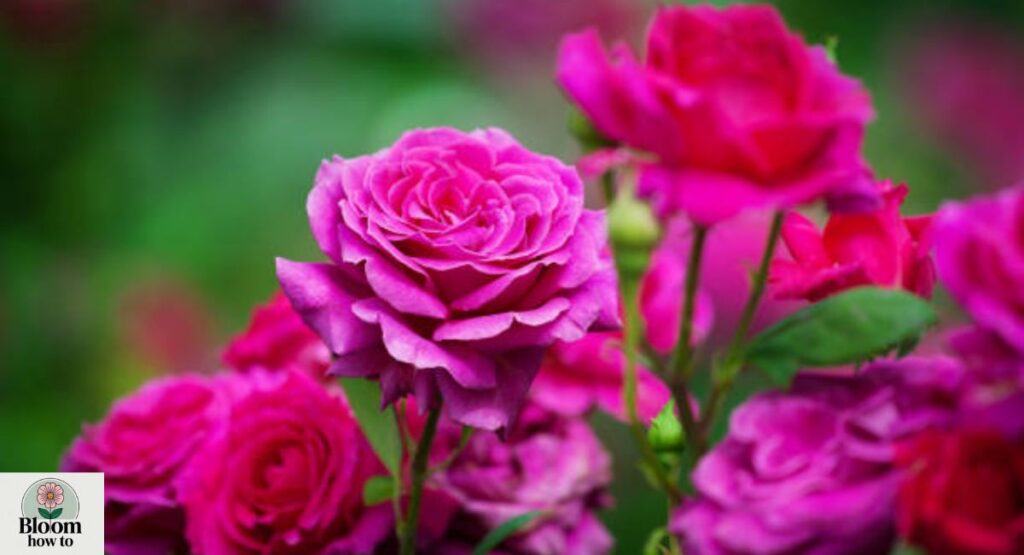
If you want roses that almost care for themselves, shrub roses are ideal. They combine the fragrance of traditional varieties with the toughness of modern hybrids. Perfect for hedges and wide spaces, they bloom generously with minimal effort.
Miniature Roses
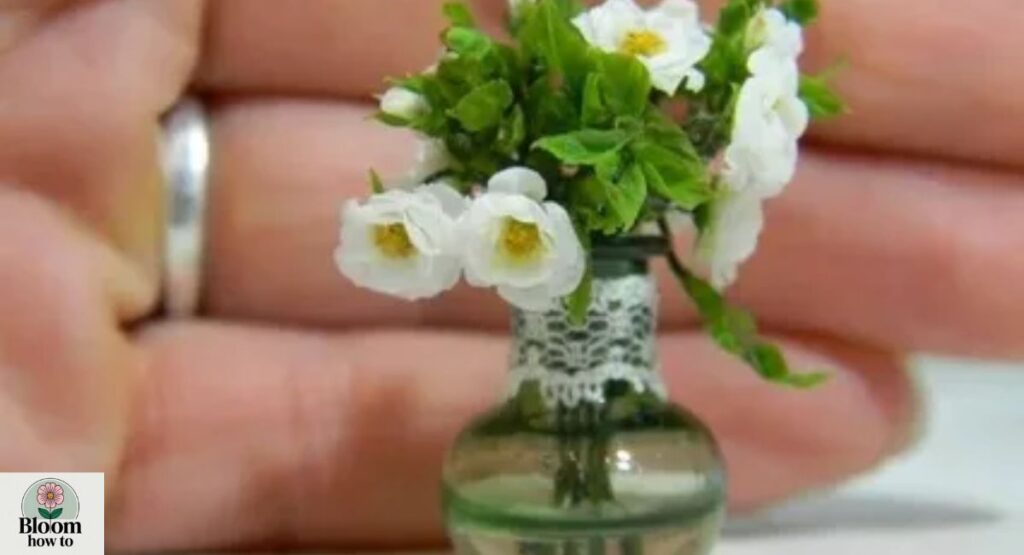
Miniature roses are perfect for containers, patios, and windowsills. Don’t let their size fool you their tiny, vivid blossoms carry all the beauty of full-sized varieties. These compact plants thrive in small spaces and add elegance to even the tiniest garden.
Groundcover Roses
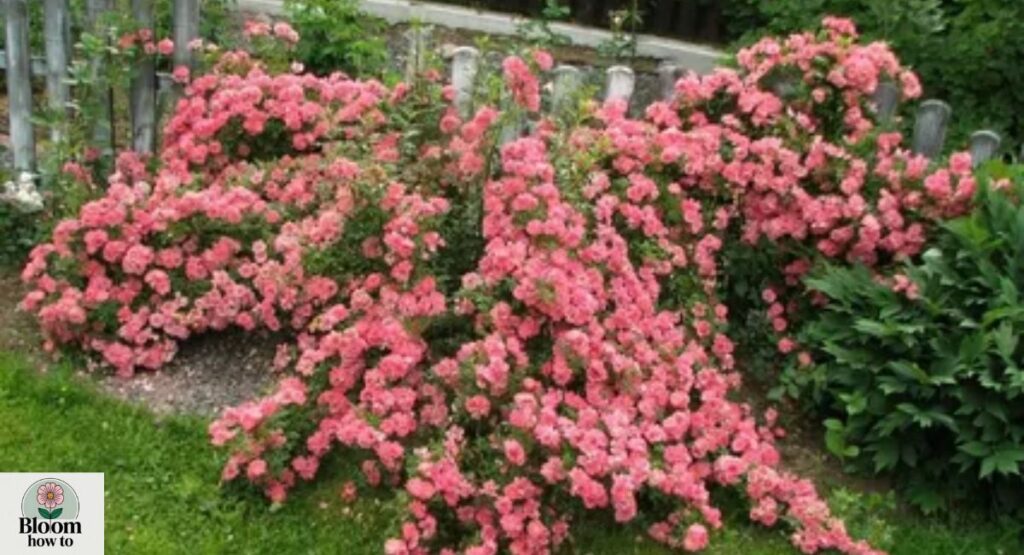
Designed by nature to spread low and wide, groundcover roses form dense mats of glossy leaves and vibrant flowers. They prevent soil erosion and fill garden gaps beautifully. Their resilience and long flowering season make them a favorite for large landscapes.
Polyantha Roses
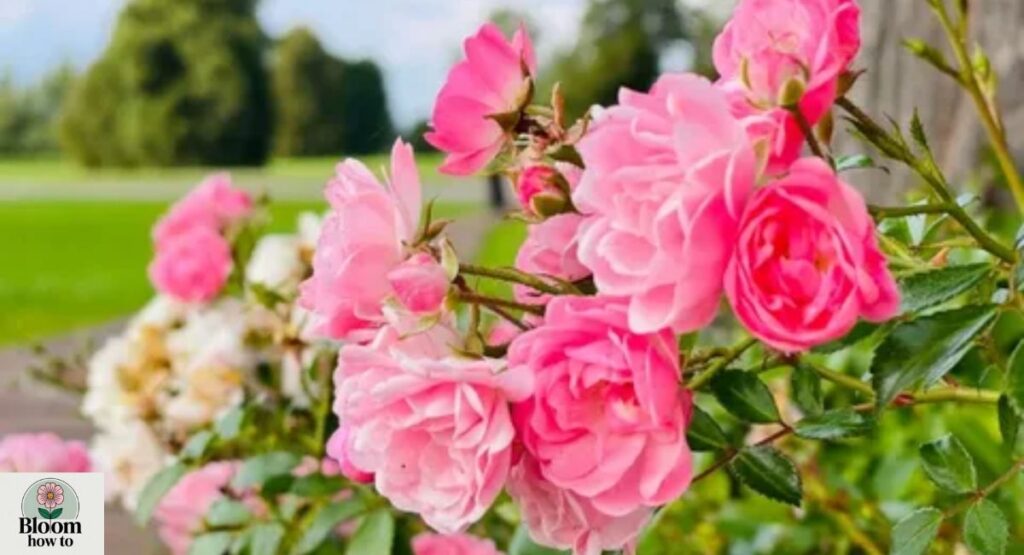
Polyantha roses are among the most durable types of roses, thriving in tough conditions. Their clusters of small, brightly colored blooms are low-maintenance and long-lasting. These cheerful flowers are perfect for garden borders and mass plantings.
Bourbon Roses
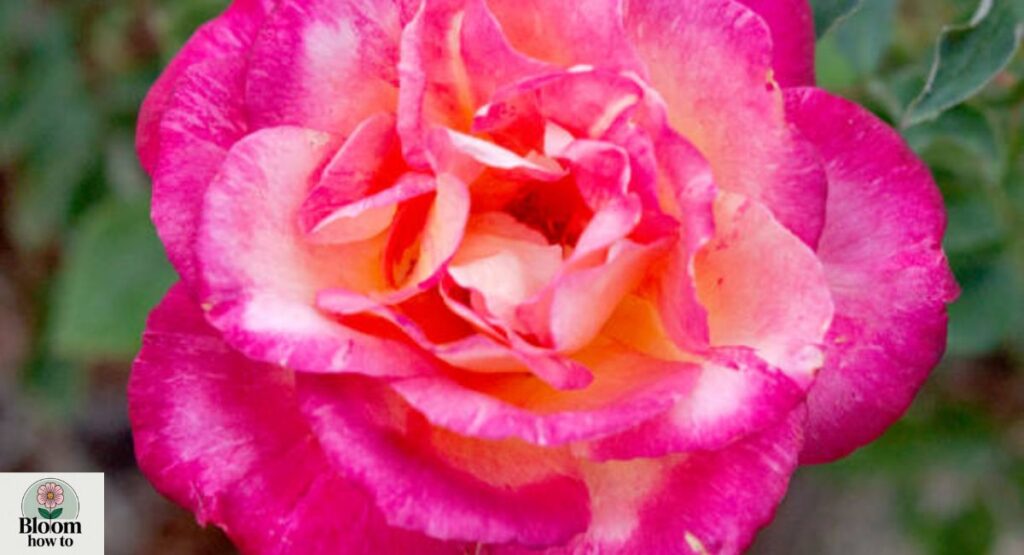
Originating from the Île Bourbon (now Réunion Island), Bourbon roses bridge the gap between old and modern rose types. Their rich scent and full, cupped blooms make them perfect for those who value fragrance and vintage charm.
Damask Roses
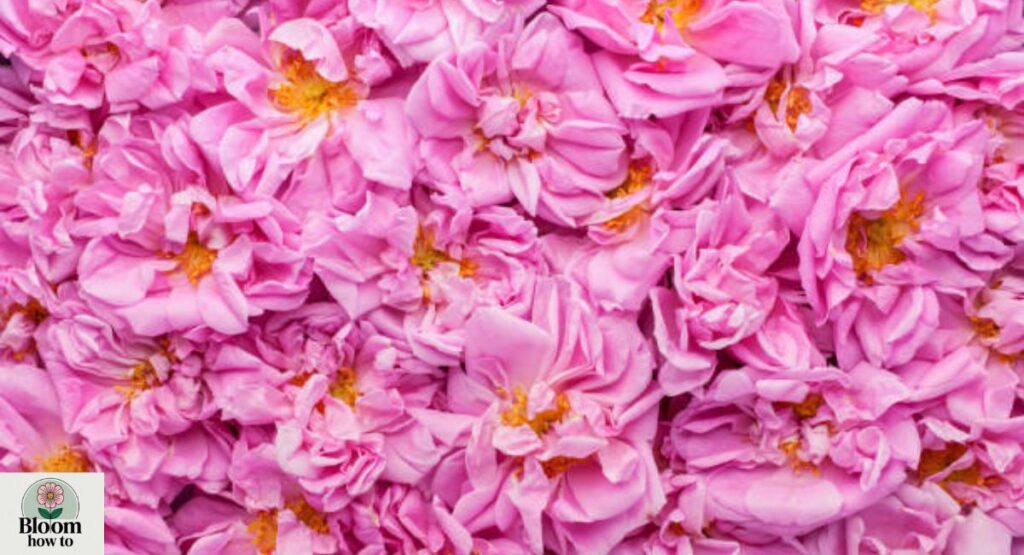
Damask roses are ancient beauties known for their intoxicating perfume. They’re widely cultivated for rose oil and perfumes. Their delicate petals have been used in cosmetics and rituals for centuries, earning them the title “the scent of history.”
Gallica Roses
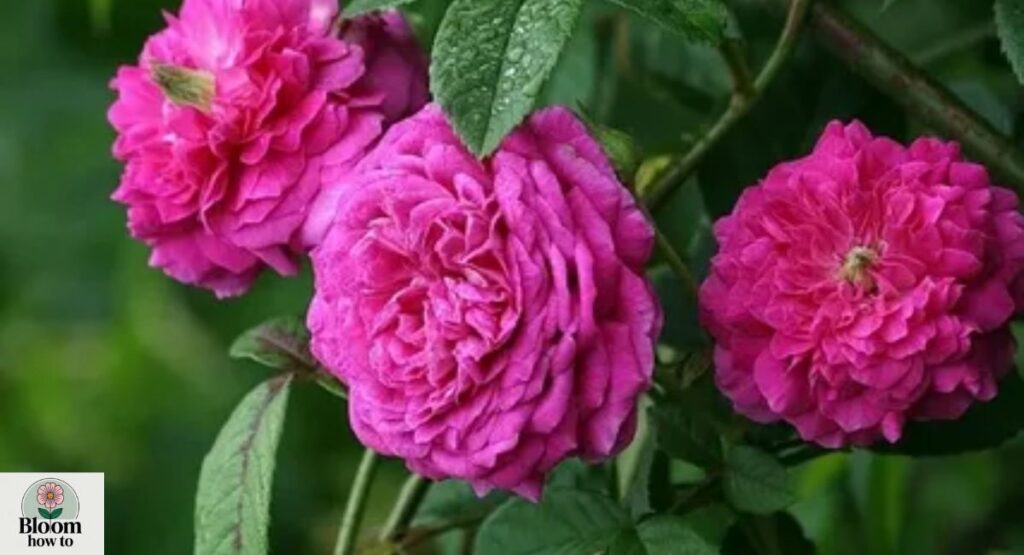
One of the oldest cultivated species, Gallica roses were beloved in medieval Europe. Their deep crimson tones and strong fragrance still make them prized additions to heritage gardens. They bloom once per year, but their flowers are unforgettable.
Alba Roses
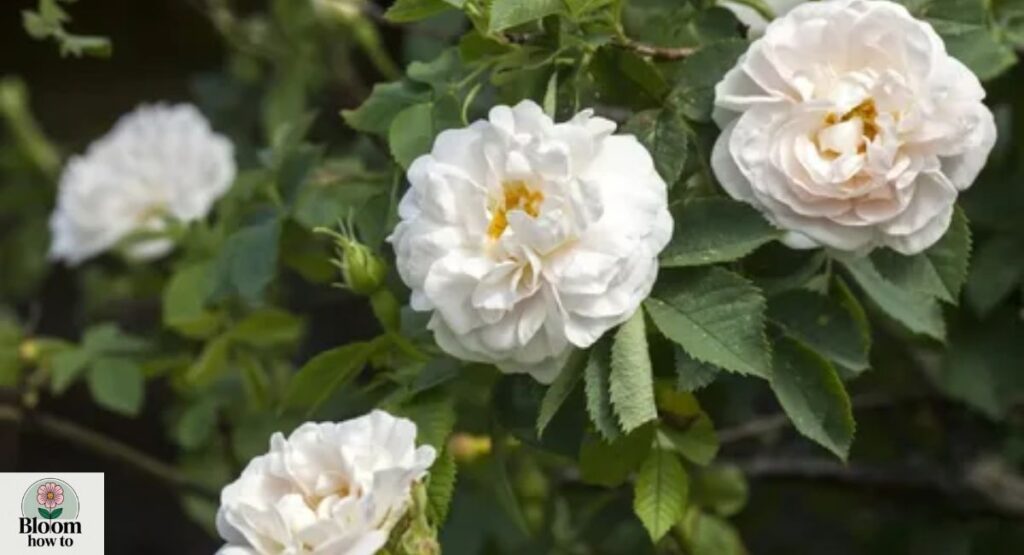
Alba roses, sometimes referred to as “white roses,” stand for elegance and purity.They thrive in cooler climates and offer silvery foliage that enhances their pale, elegant blossoms. With a mild fragrance, they embody quiet beauty and timeless sophistication.
Moss Roses
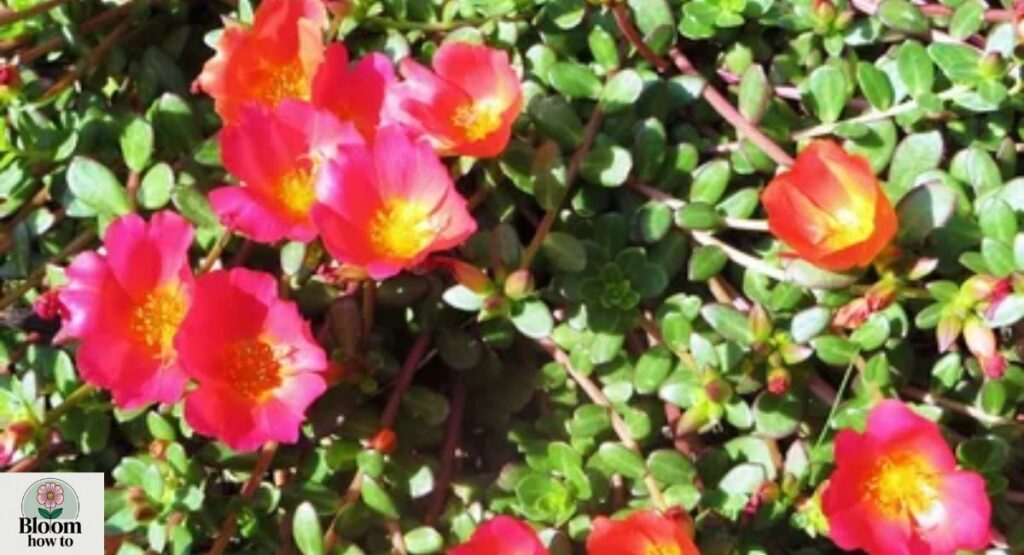
Named for their mossy green sepals, moss roses have a unique texture that’s rare among the types of roses. Their sticky, fragrant moss and deep pink blooms make them garden conversation pieces. They blend the visual with the tactile beautifully.
Tea Roses
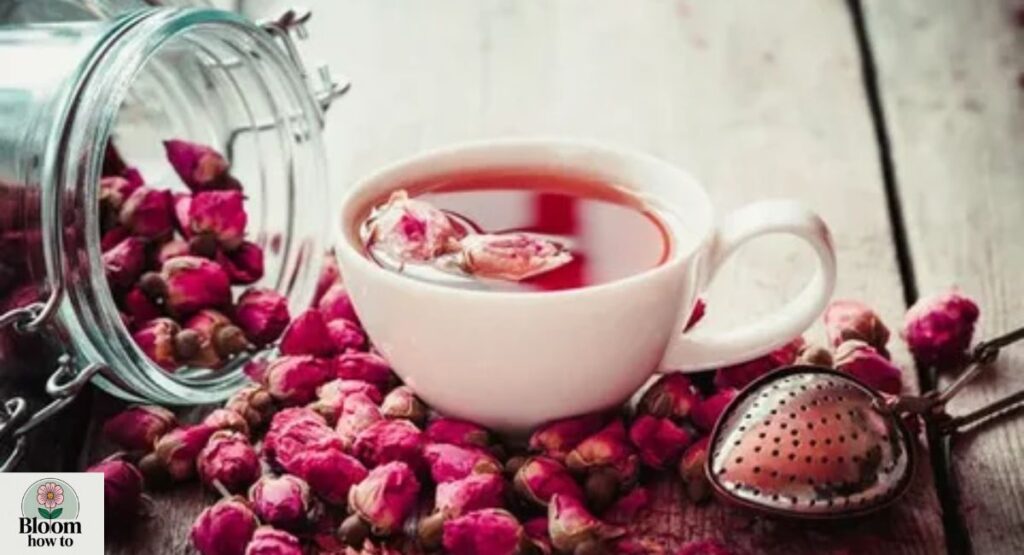
Introduced from China in the 19th century, tea roses earned their name from their subtle aroma, reminiscent of fresh tea leaves. They feature delicate pastel shades and perform best in warm, sunny locations. These are the ancestors of today’s hybrid teas.
English Roses
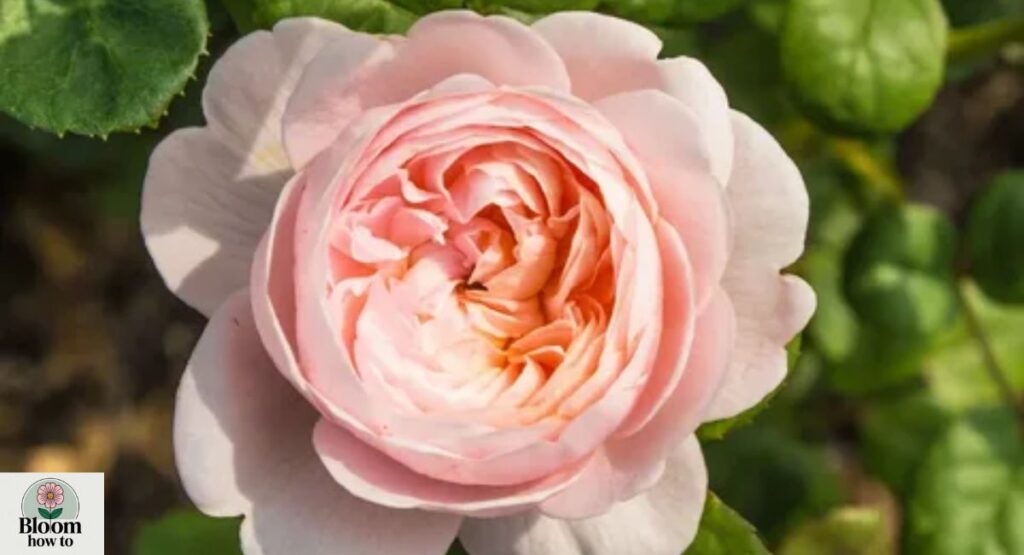
Bred by David Austin, English roses combine the form of old roses with the repeat blooming of modern ones. They’re loved for their cup-shaped flowers and rich scent. These roses bring the charm of a countryside garden to any landscape.
Species Roses
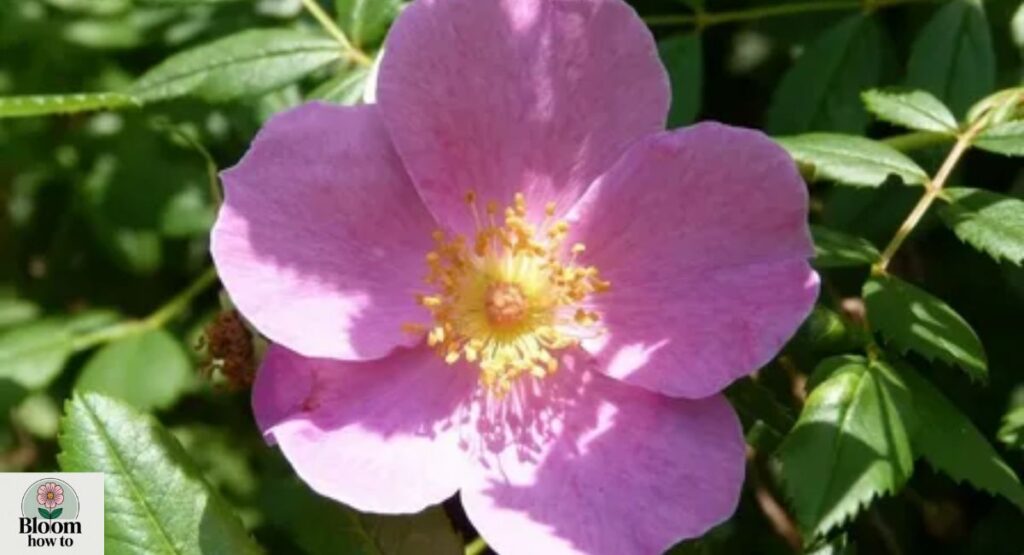
Species roses are the wild ancestors of all cultivated varieties. They grow naturally in forests and mountains, often producing simple five-petal flowers. Their strength and genetic diversity help breeders create new, disease-resistant cultivars.
Rugosa Roses
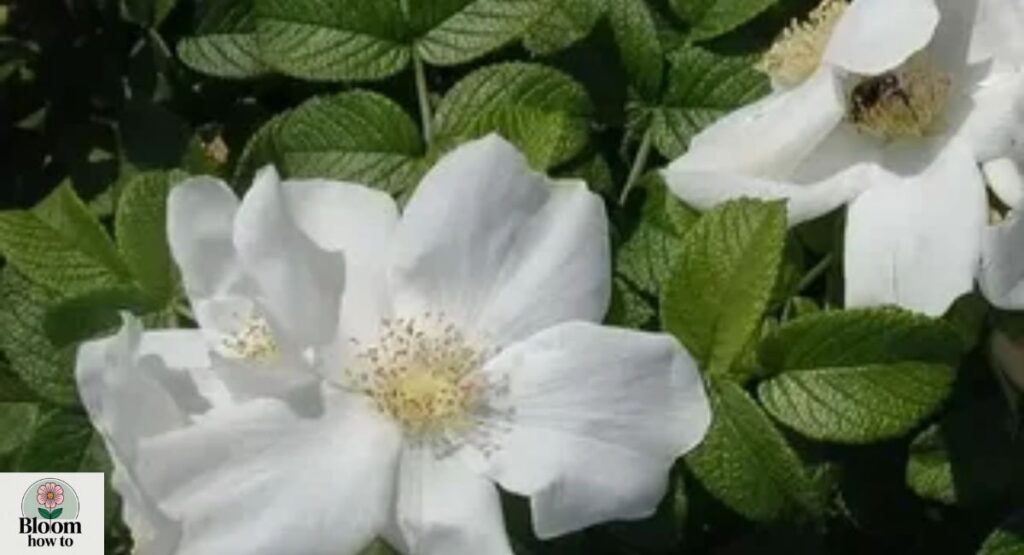
Hailing from East Asia, rugosa roses are famous for their wrinkled leaves and salt tolerance, making them ideal for coastal gardens. Their bright pink or white flowers are followed by large, decorative hips that attract birds and wildlife.
Noisette Roses
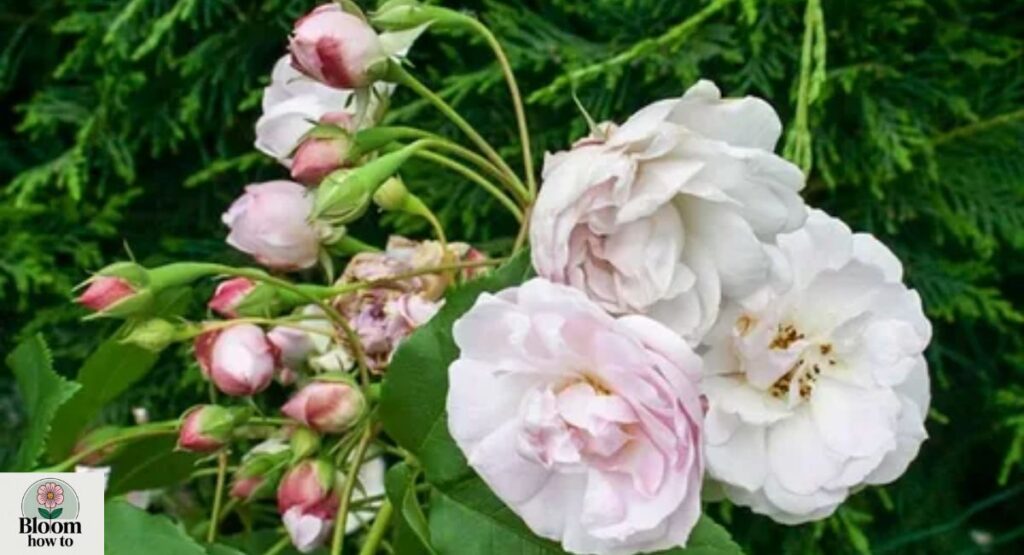
Developed in the southern United States, Noisette roses are vigorous climbers known for their soft pastel shades and gentle scent. They bloom repeatedly throughout the season, making them ideal for warm climates and romantic outdoor spaces.
Centifolia Roses
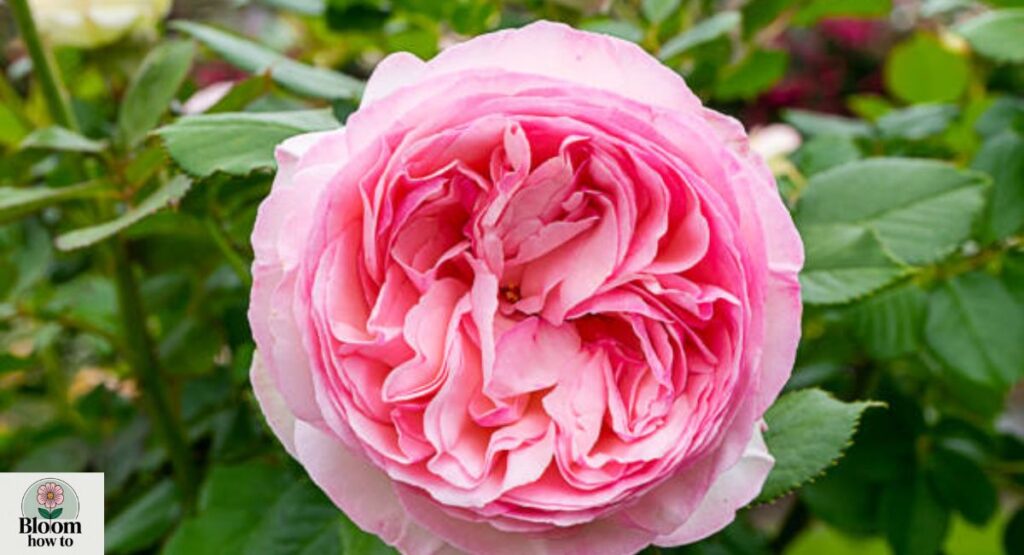
Known as the “cabbage rose” for its many-petaled head, the Centifolia rose is a masterpiece of form and fragrance. Artists have painted it for centuries, celebrating its luxurious appearance and velvety texture. It remains a timeless favorite among collectors.
Features That Define Each Rose Type
Each of the types of roses carries its own personality. From a crimson hybrid tea to a snow-white alba, roses speak through their color, scent, and form. These features not only attract gardeners but also influence how roses are used in landscaping, decoration, and even perfumery.
Color, Fragrance, and Bloom Patterns
Color is the language of roses. Red roses whisper of love and passion. White roses convey peace and innocence. Yellow roses brighten spirits, symbolizing friendship, while orange roses ignite enthusiasm. Each shade tells an emotion, painting gardens like living palettes of feeling.
Fragrance defines a rose’s character. The perfume of a Damask rose fills the air with richness, while Tea roses carry a gentle, refreshing scent. Some modern hybrids focus on beauty over aroma, but traditional varieties remain prized for their intense floral notes.
Bloom patterns reveal a rose’s rhythm. Floribundas and Grandifloras flower repeatedly, while Gallicas and Damasks bloom only once but spectacularly. Climbing roses cascade with flowers through summer, and Miniatures bloom endlessly in compact glory. Variety keeps rose gardens lively and dynamic.
Comparison Table: Unique Features of Popular Rose Types
| Rose Type | Color Range | Fragrance Level | Bloom Frequency | Growth Habit |
| Hybrid Tea | Red, pink, yellow | Strong & classic | Repeat blooming | Upright, single stem |
| Floribunda | Multi-hued | Moderate | Continuous | Bushy, clustered |
| Grandiflora | Rich tones | Medium | Recurrent | Tall, elegant |
| Climbing | Mixed shades | Light to sweet | Seasonal, repeat | Vertical, trailing |
| Shrub | Pastel to vivid | Mild to strong | Continuous | Rounded, spreading |
| Miniature | Full spectrum | Mild | Constant | Compact, small-scale |
| Bourbon | Soft pink to white | Strong & musky | Twice a year | Arching, bushy |
| Damask | Deep pink to red | Intense | Once per year | Upright, traditional |
| English | Pastel tones | Rich & modern | Repeat blooming | Rounded, elegant |
| Rugosa | Pink, white | Sweet & wild | Continuous | Hardy, textured leaves |
Each trait contributes to how gardeners select roses for specific purposes. Those who crave fragrance may choose Damask or Bourbon roses, while landscapers prefer Floribundas for their nonstop blooms. Understanding these patterns ensures every garden tells its own colorful story.
Growing Roses in Different Regions
Roses thrive almost everywhere on Earth. Whether basking under Mediterranean sun or braving cool mountain air, different types of roses have evolved to flourish in diverse climates. Understanding your region’s temperature, humidity, and soil quality ensures a thriving, fragrant rose garden year after year.
Climate Adaptability and Care Tips
Climate shapes every rose’s story. Hybrid teas and Floribundas love mild temperatures and full sun. In contrast, Rugosa roses tolerate coastal winds and salt, while Alba roses thrive in cooler northern regions. The right match between rose and region makes the difference between success and struggle.
Soil matters, too. Roses prefer loamy, well-drained soil enriched with organic matter. Heavy clay can suffocate roots, while sandy soils drain too quickly. Adding compost balances both, creating the perfect foundation for healthy growth and nutrient absorption.
Watering needs vary across the types of roses. Deep watering twice a week is better than frequent light watering. It encourages roots to grow deeper and resist drought. Avoid wetting leaves to prevent fungal diseases always water near the base early in the day.
Sunlight is another secret to stunning blooms.Every day, roses require at least six hours of direct sunlight. In tropical regions, light morning sun works best, while in cooler climates, full midday exposure helps them reach their full flowering potential.
Pruning keeps roses youthful. Remove dead wood and faded blooms to promote air circulation and new growth. Each cut shapes the plant’s future encouraging fresh stems, healthier foliage, and continuous waves of blossoms.
Fertilizing feeds the soul of a rose garden. Balanced fertilizers rich in nitrogen, phosphorus, and potassium ensure lush leaves and abundant flowers. For organic lovers, compost tea or seaweed extract gives equally vibrant results without harsh chemicals.
Table: Regional Growing Tips for Popular Rose Types
| Region | Ideal Rose Types | Soil Preference | Care Focus |
| Mediterranean | Hybrid Tea, Floribunda | Loamy, well-drained | Regular watering, full sun |
| Tropical/Subtropical | Rugosa, Noisette, Tea Roses | Slightly acidic, moist | Morning sun, humidity control |
| Temperate | English, Shrub, Grandiflora | Loamy with compost | Pruning, consistent sunlight |
| Coastal | Rugosa, Groundcover Roses | Sandy, well-drained | Wind protection, salt tolerance |
| Mountainous/Cool | Alba, Species, Gallica | Rich, moist, organic soil | Frost protection, deep watering |
Roses are remarkably adaptable. Once established, they’ll reward care with season-long color and fragrance. The secret lies in patience, observation, and learning your rose’s natural rhythm a connection between gardener and bloom that grows stronger every season.
Choosing the Right Rose for Your Garden
Selecting the perfect rose is like choosing a lifelong companion it must suit your environment, match your effort level, and reflect your personality. With so many types of roses available, the key lies in balancing beauty, fragrance, and maintenance to create your dream garden.
How to Choose the Perfect Type
Start with your climate. Warm, sunny areas favor tea roses, floribundas, and Noisettes, while cooler regions embrace English, Alba, and Gallica roses. Each type adapts differently, so knowing your weather helps narrow the options and ensures lasting blooms.
Space also shapes your choice. If you have wide open beds, shrub roses and grandifloras offer volume and color. For smaller spaces or patios, miniature roses and groundcovers bring charm without crowding. Climbers, meanwhile, make perfect use of vertical space, adding structure and romance.
Fragrance is another deciding factor. Love strong scents? Go for Damask or Bourbon roses. Prefer something soft and sweet? Try English roses or hybrid teas. Each variety has its own personality, making your garden not just a sight to behold, but an experience to breathe in.
Maintenance level matters, too. If you prefer low-effort gardening, rugosa or shrub roses thrive with minimal pruning and resist diseases naturally. However, if you enjoy a hands-on approach, hybrid teas reward extra care with luxurious, picture-perfect flowers.
Design plays its part. Mix colors for contrast—pair white with deep red or orange with pastel pinks. Combine climbing roses with groundcovers for layered beauty. A well-planned rose garden balances height, tone, and texture, turning a simple yard into a fragrant paradise.
Quick Guide: Matching Roses to Your Garden Goals
| Goal | Recommended Rose Types | Why It Works |
| Low Maintenance Garden | Shrub, Rugosa, Groundcover | Hardy, disease-resistant, self-sufficient |
| Fragrance & Romance | Damask, Bourbon, English Roses | Rich scent, vintage elegance |
| Continuous Color Display | Floribunda, Grandiflora | Repeats blooming throughout the season |
| Compact Urban Space | Miniature, Polyantha, Patio Rose | Small, colorful, easy to maintain |
| Vertical Garden Design | Climbing, Noisette, Rambling | Adds height and visual drama |
The right rose transforms a space from ordinary to poetic. When chosen wisely, the types of roses in your garden will not only reflect your taste but also thrive in harmony with nature, bringing joy through every petal and every season.
The Timeless Beauty of Roses
Roses have traveled through centuries and civilizations, carrying whispers of love, peace, and passion. Each bloom holds history within its petals stories of poets, lovers, and dreamers who found inspiration in their charm. Across the world, the countless types of roses continue to remind us that beauty thrives in diversity.
Roses More Than Just Flowers
Every rose is a teacher. Some show resilience, blooming through storms; others express elegance with quiet grace. Whether it’s a rugged rugosa by the sea or a delicate tea rose in a courtyard, each variety adds color, scent, and spirit to the landscape of life.
Roses invite connection. They bring people outdoors, nurture patience, and awaken creativity. When you plant one, you’re not just growing a flower—you’re cultivating moments, memories, and mindfulness.
Their timeless charm lies in their ability to adapt and inspire. From ancient gardens in Asia to modern European estates, the types of roses unite gardeners of all generations. They represent hope, resilience, and the enduring art of beauty that never fades.
Conclusion
Roses will always remain nature’s masterpiece timeless, elegant, and endlessly diverse. Across the world, different types of roses continue to inspire beauty and emotion, turning ordinary spaces into fragrant sanctuaries.
Whether you plant hybrid tea roses, English roses, or simple garden varieties, each bloom tells its own story. Growing them isn’t just gardening it’s art, patience, and love combined. Every petal reminds us that true beauty grows best when nurtured with care.
FAQs
How many types of roses exist worldwide?
There are over 300 species and thousands of hybrid types of roses grown across the world, each with its own color, shape, and fragrance.
Which type of rose is best for beginners?
Shrub roses or Floribundas are great for beginners because they’re hardy, low-maintenance, and bloom continuously through the season.
Do all types of roses have fragrance?
Not all roses have a strong scent. Some, like Damask and Bourbon roses, are very fragrant, while others focus more on color and form.
Which type of rose blooms the longest?
Floribunda and Hybrid Tea roses are known for their long blooming periods, often producing flowers from spring to fall.
Can roses grow in any climate?
Yes, but different types of roses suit different climates. For example, Rugosa roses thrive in coastal regions, while English roses prefer cooler temperatures.

Welcome to bloom how to! I’m Anam Sattar, an AI Powered SEO, and Content Writer with 4 years of experirnce.
I help websites rank higher,grow traffic, and look amazing. My goal is to make SEO and web design simple and effective for everyone.
Let’s achieve more together!
